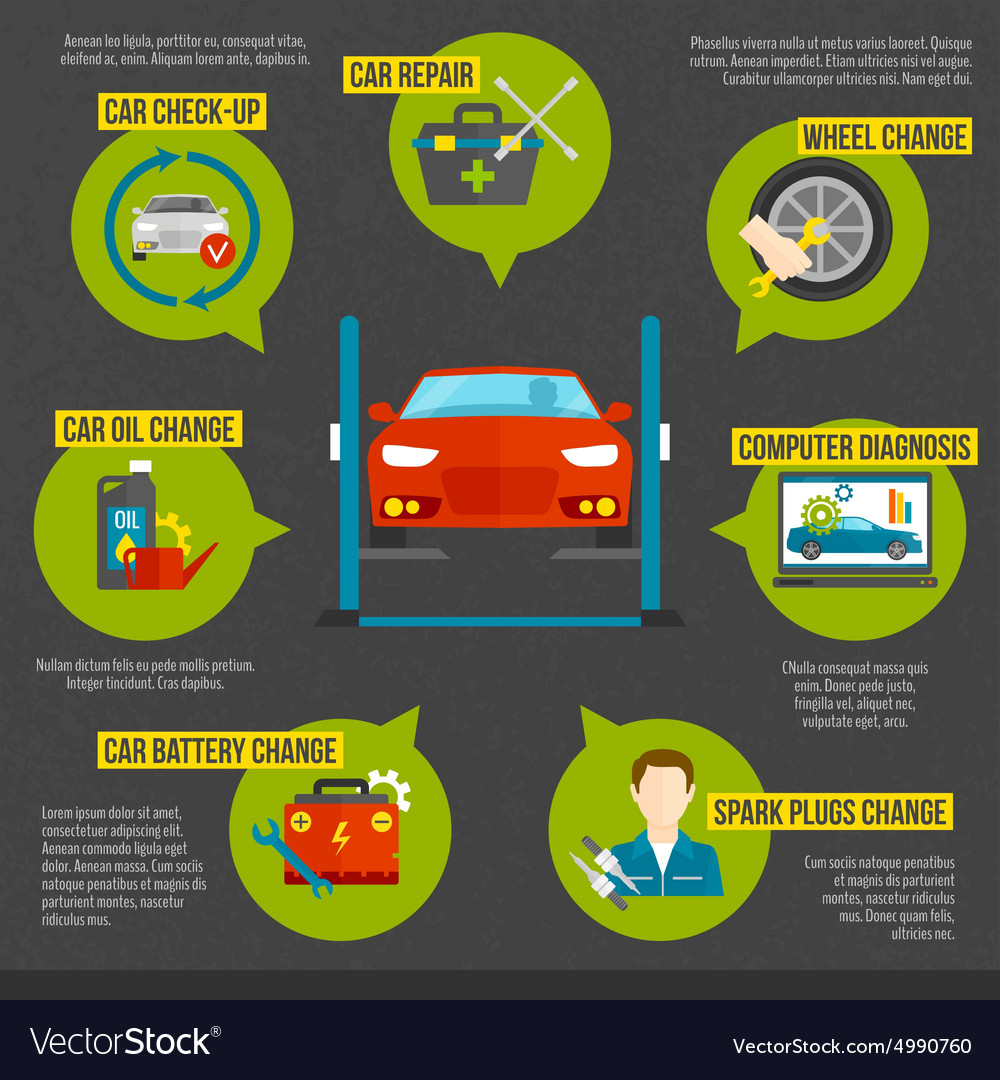Analyzing Your Auto'S Alert Lighting: Their Real Ramifications
Analyzing Your Auto'S Alert Lighting: Their Real Ramifications
Blog Article
Staff Writer-Boye Forbes
When you're behind the wheel, those glowing caution lights on your dashboard can be a bit difficult. Do you understand what they're trying to tell you about your car's wellness? Comprehending the significance of these lights is vital for your safety and security and the durability of your automobile. So, the following time among those lights appears, wouldn't you want to decode its message precisely and take the essential steps to address it?
Common Caution Lights and Interpretations
Recognize common caution lights in your cars and truck and recognize their definitions to guarantee risk-free driving.
The most common warning lights include the check engine light, which indicates problems with the engine or emissions system. If this light comes on, it's vital to have your car examined quickly.
The oil stress warning light indicates reduced oil stress, calling for prompt attention to avoid engine damages.
A blinking battery light may recommend a faulty charging system, possibly leaving you stranded if not dealt with.
The tire pressure tracking system (TPMS) light signals you to low tire stress, influencing car security and gas efficiency. Neglecting this might result in unsafe driving problems.
The ABS light shows a problem with the anti-lock stopping system, endangering your capacity to stop rapidly in emergency situations.
Finally, ceramic coating car cautioning light warns of engine overheating, which can result in extreme damage if not solved promptly.
Comprehending these typical warning lights will help you deal with issues immediately and keep safe driving conditions.
Significance of Prompt Attention
Understanding the usual caution lights in your auto is just the initial step; the importance of immediately addressing these cautions can't be highlighted sufficient to ensure your safety and security when traveling.
When a warning light brightens on your control panel, it's your auto's method of communicating a possible problem that requires interest. Ignoring these cautions can bring about more serious troubles down the road, endangering your safety and potentially costing you more in repairs.
Motivate focus to alerting lights can prevent failures and mishaps. For visit their website , a blinking check engine light can indicate a misfire that, if left ignored, could trigger damages to the catalytic converter. Addressing this immediately can save you from an expensive repair work.
Likewise, a brake system cautioning light may signal reduced brake fluid or used brake pads, critical components for your safety and security when driving.
Do It Yourself Troubleshooting Tips
If you see a caution light on your control panel, there are a couple of do it yourself repairing tips you can try prior to looking for professional aid.
The initial step is to consult your vehicle's guidebook to understand what the details warning light indicates. In https://electricbrakes17284.atualblog.com/36311840/steps-to-reveal-a-trustworthy-car-repair-shop-in-your-region can be as straightforward as a loosened gas cap activating the check engine light. Tightening the gas cap might fix the problem.
Another typical concern is a reduced battery, which can set off different cautioning lights. Inspecting the battery links for rust and ensuring they're secure might repair the trouble.
If a caution light persists, you can try resetting it by detaching the vehicle's battery for a couple of mins and afterwards reconnecting it. Furthermore, inspecting your car's liquid levels, such as oil, coolant, and brake liquid, can assist repair warning lights related to these systems.
Verdict
In conclusion, comprehending your car's caution lights is important for maintaining your lorry running smoothly and securely. By quickly addressing these notifies and understanding what they mean, you can stay clear of expensive repair services and possible break downs.
Keep in mind to consult your vehicle's handbook for particular information on each cautioning light and do something about it as necessary to guarantee a hassle-free driving experience.
Stay informed, remain safe when traveling!
